What does a kidney mite look like and how to get rid of it?
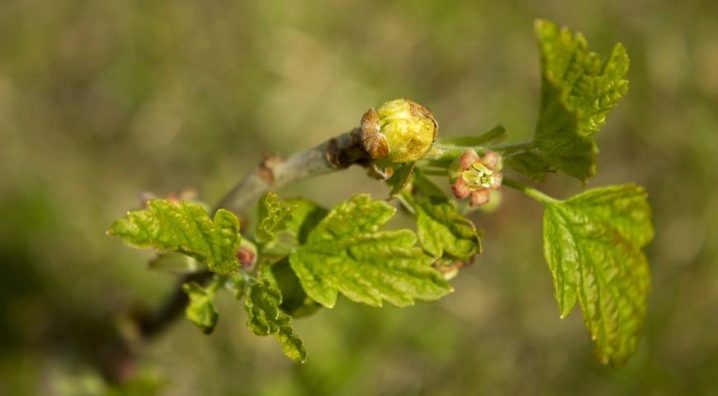
A bud mite is a rather dangerous pest that attacks the buds of a plant, which makes it less leaves and fruits, and the shoots grow worse. He suffers many dangerous diseases, including terry, which affects the generative organs of the victim.
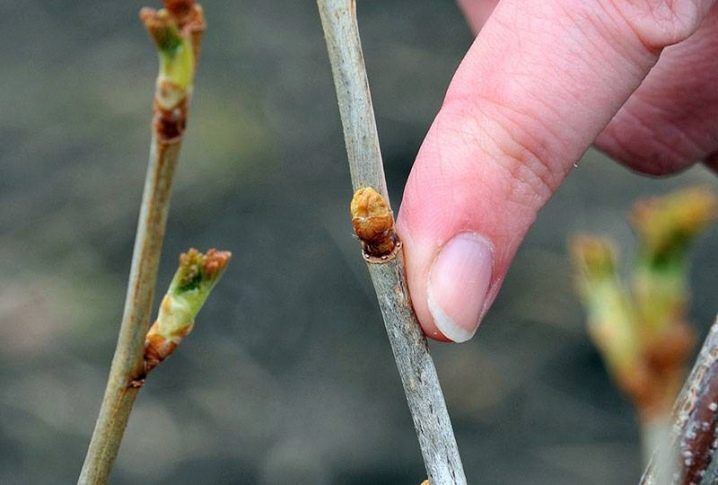
Description
The kidney mite is very small. In individual buds, up to 30 thousand of these pests can be placed. Its body is worm-like, its color is white. Each individual has two bristly pairs of legs. The average length of females is 0.3 mm, of males - 0.15 mm. Their feature is fast reproduction. One female can give birth to up to one hundred other individuals. And if you remember their number in one kidney, then ticks look very threatening, because they spread very quickly.
The buds, in which a large colony of these parasites lives, look bloated and have many deformed leaves. They look like small heads of cabbage. But if the nest of ticks has not reached a large size, then the kidney remains free of defects, so it is not always possible to easily identify the places infected by the pest.
The average lifespan of females is one month. The ripening period from an egg to a full-fledged individual is from three weeks to one and a half months.
The kidney mite spreads in four ways: by wind, birds, insects and through planting material.
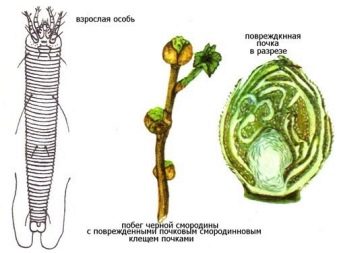
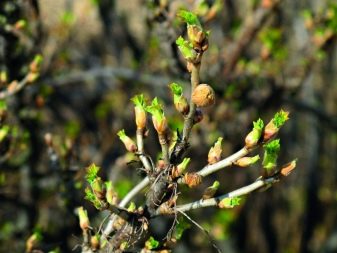
What plants are affected?
There are several plants whose buds are very often prey to kidney mites. First of all, it is a currant. There is a whole species of mites that parasitize exclusively on black currants. It is called that: currant kidney mite. This species also does not disdain red currants.
Also, ticks are very fond of settling on cherries and cherries and are for them the main pest along with aphids and cherry flies. And by wind or insects, their larvae can be transferred to strawberries or raspberries, from where it can be very difficult to eradicate them.
But not only berries are the target of these pests. Very often they can settle on apple trees or on lilacs - for the latter, this parasite is especially dangerous, as it quickly infects the leaf system of the bush.
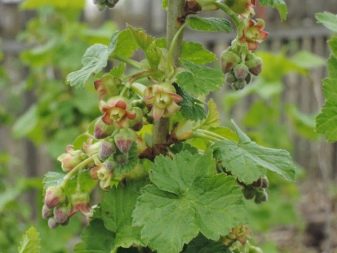
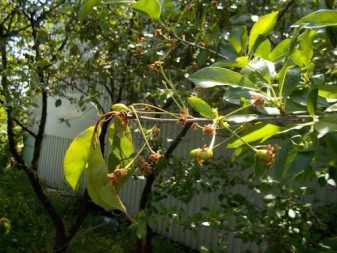
Ways to fight
The bud mite is a very tenacious insect that can be difficult to control. And all because their colonies are difficult to see with the naked eye. In addition, during the period of their most frequent relocation, it is extremely undesirable to treat the plants with any solution, since it will scare off beneficial insects (bees and bumblebees). Therefore, the following methods for the destruction of kidney mites are used exclusively after harvesting or before flowering. For example, we will take black currant, since it is most often affected by a tick.
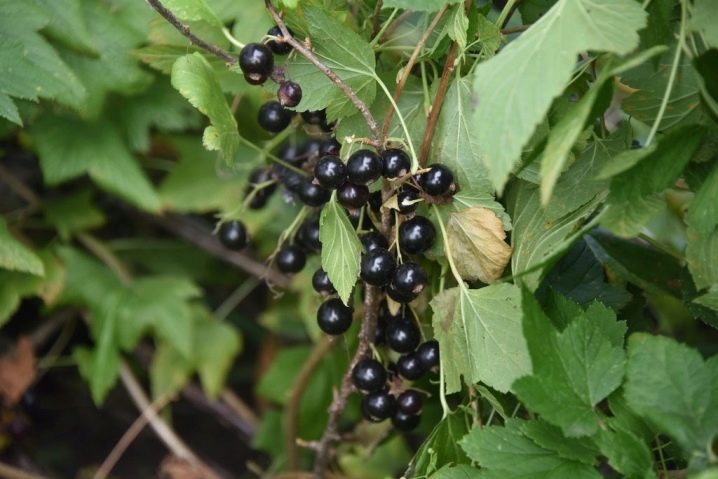
Agrotechnical measures
So, currants have their own immunity, which fights parasites. It can be strengthened by timely watering. The plant will receive the necessary vitamins, then it will have the strength to fight the pest on its own. Various fertilizers, plus good land, can help in this matter.
But you have to be careful. In the purchased soil, there may be kidney mite larvae, so it is better to take it from trusted suppliers. If the soil is contaminated, the plants should be transplanted into a sterile potting solution.
It is possible to hack to death the spread of the tick. Its larvae are very afraid of moisture, therefore, during the beginning of the first migrations of the pest, it is better to keep the plant dry.
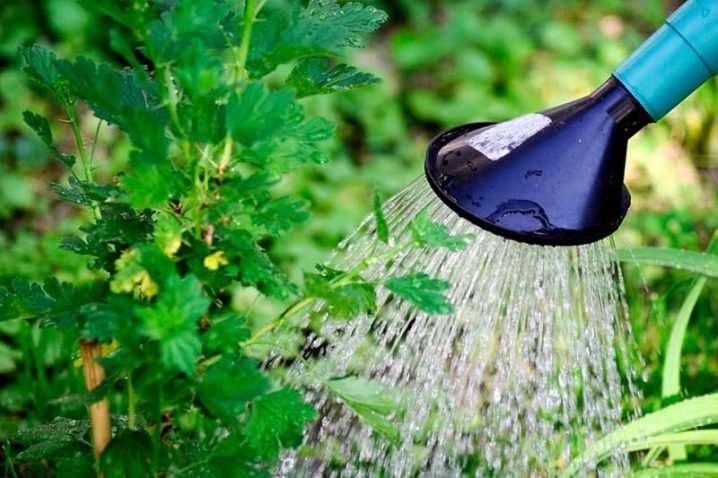
Early spring, in principle, is a good time to fight all sorts of beetles, and our tick is no exception. March is the perfect moment. At this time, the plant can be thermally treated. For this, fire or hot water is used.
These procedures are carried out very simply. We take a blowtorch or gas torch and bring it to the plant at a distance of 10 centimeters. Then we drive the burner around the branches of the bush from top to bottom several times. The larvae are very vulnerable to high temperatures, most of them will die, and the overall activity of the colony will sharply decrease. By the way, this method can also help against aphids.
It is even easier and more accessible with water. Pour boiling water into a sprinkler. Then, keeping a distance of 20 centimeters, you need to spray the plant with it. It will not harm him, since the water will cool down a little during the flight and being in the sprinkler. But the tick will have a hard time, because most of the offspring will die. The advantage of the method is that this practice partially helps to get rid of fungal infections.
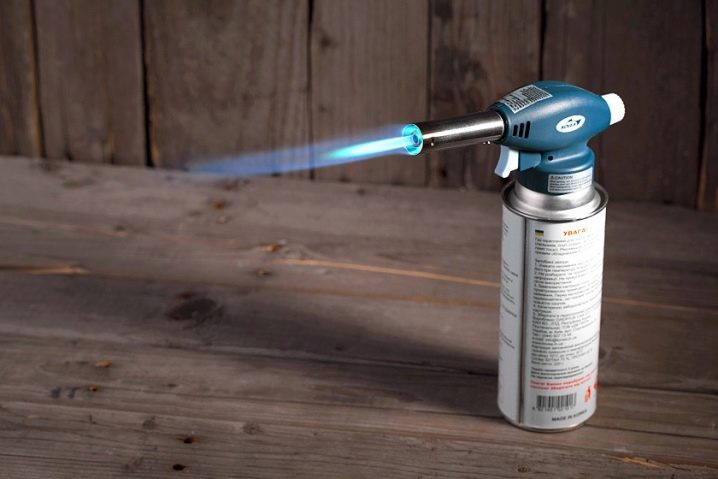
Chemicals
This includes pesticides of various varieties, sulfur and special preparations. A very effective but very dangerous method of killing the parasite. It can harm not only a tick, but also insects, birds, the plant itself, and sometimes even a person. Therefore, you need to use it very carefully. Here is the approximate processing interval. It depends on the air temperature and the period of development of the tick from larva to adult.
| Air temperature, ° С |
Development period between stages, days |
Processing interval, days |
| +12-18 | 25-30 | 8-12 |
| +20 | 20 | 10 |
| +25-30 | 10-6 | 5-3 |
You need to process the plant at least three times. The first two times are aimed at destroying adults and their larvae. The third is prophylactic. It is best to carry out processing in early spring and after harvest.

Now let's talk about pesticides. The kidney mite is arachnid, therefore, acaricidal preparations are used to destroy it. It is best to use them during the budding of the plant - at this time the tick is most vulnerable. Here's a good list of chemicals:
- Contos;
- Nissoran;
- Envidor;
- Forbid 4F.
And here are some options for chemical treatment in the fall:
- Rogor-S;
- Sunmight;
- Nitrafen.

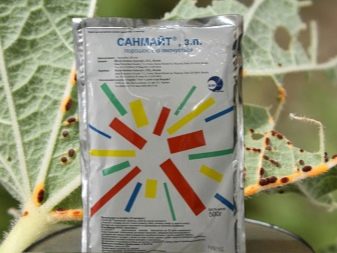
Colloidal sulfur copes well with the mite. It fights parasites well, but has a very negative effect on the plant itself. A solution of sulfur is used to treat the soil together with shrubs. For 10 liters of water, we need 10 grams of colloidal sulfur. We mix the contents and process everything with the resulting solution. But this must be done very carefully, since such a remedy causes burns in shrubs and trees, in addition, leaves may fall off.
This procedure is carried out twice. The second time, half the amount of sulfur should be mixed. It is best to use this processing method when the outside temperature is at least +20 degrees.
Once the plant has been processed, any use of chemicals on it is strictly prohibited. In the future, we use only folk and thermal methods, otherwise it may suffer greatly or even die.
Also note that you need to use poisons and dangerous solutions only after the harvest has already been harvested. And remember that using chemical treatment, you endanger beneficial insects and poison the nature, so be careful!
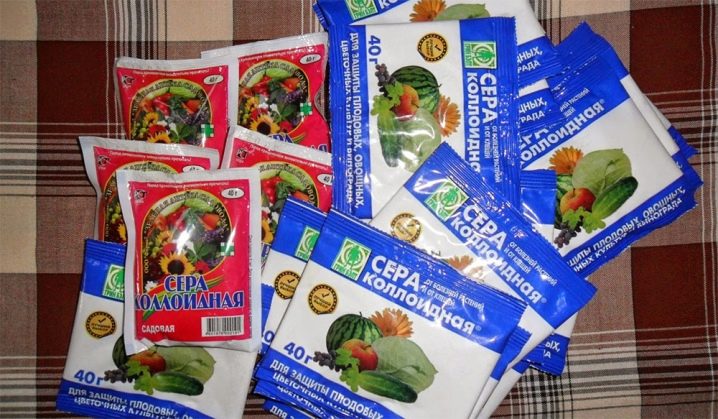
Traditional methods
The people have come up with a lot of remedies that save from the kidney mite. The simplest of these is physical. Infected berries are cut off and burned. If there are many fruits on the branch, in which the tick lives, the diseased branch is also disposed of.
There are also many different concoctions that can help control the parasite. They are all effective and safe for the plant. Here are some good recipes.
- Ash helps a lot. Add 5 liters of water to one glass of this ingredient, then let it brew for 3-4 days. We filter the broth and add 50 grams of laundry soap shavings to it.
- Grind 200 grams of garlic and mix it with 10 liters of water.Let it brew for 4-5 hours, after which we filter the broth.
- Grind 1 kilogram of yarrow and fill it with 10 liters of boiling water. Let it brew for several days in a closed saucepan.
- Pour 300 grams of onion husks with 10 liters of water. We insist 3-4 days, and then filter the broth.
- Mix 3 milliliters of kerosene, 40 grams of soap and 10 liters of water.
- Knead 400 grams of dandelion with 10 liters of water, boil and filter.
You can alternate decoctions. It is best to use them 3-4 times according to the scheme from the table above. Then the chance to destroy all parasites increases. The main thing in this matter is not to delay, since one season may be enough for the pest to destroy a whole bush or an impressive part of a branch.
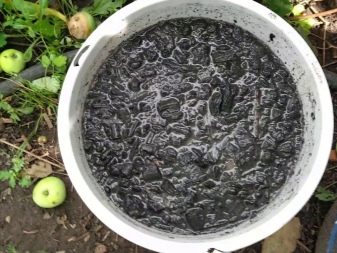
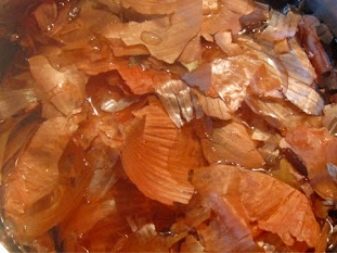
Folk remedies are suitable only at the initial stage of tick spread. They are gentle in themselves, but they are much safer to use than chemical poisons.
Prevention measures
There are some good ways to keep bud mites out of your garden.
- Weed the area around the plant regularly. You can not under the root, but 10 centimeters above the ground. Due to the remnants of weeds, the earth will be enriched with useful vitamins. Additionally, you can use fertilizers that will strengthen the plant's immunity.
- In the fall, it is imperative to clear the ground of leaves, branches and all debris.
- If we cut branches on a shrub or tree, it is better to burn them or dispose of them later.
- Bleaching the trunk with useful solutions. A good option would be a mixture of copper sulfate and lime.
- There is another working method of preventing parasites - the use of special varieties of culture. They are resistant to the appearance of a bud mite, and you will not have to waste time on killing it and treating the plant later. If we consider currants, then there are several good varieties at once: Yadrenaya, Kipiana and Dikovinka.
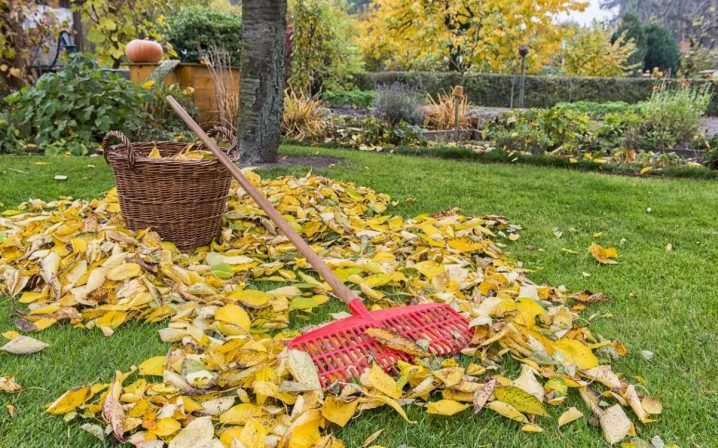













The comment was sent successfully.